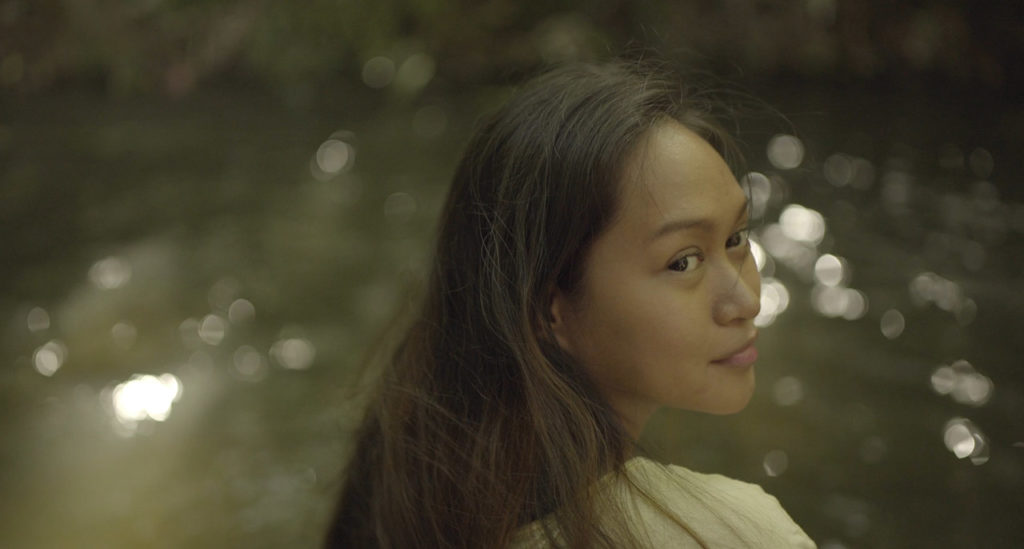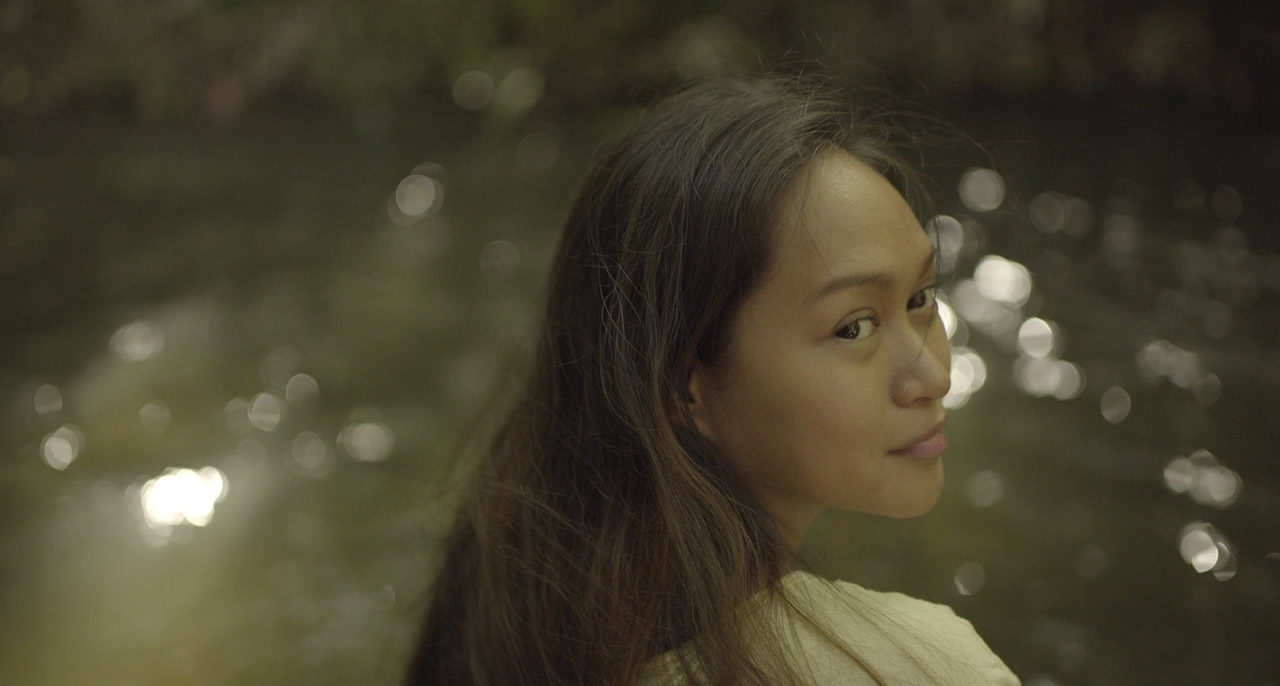
These seven films illuminate the vitality of the exterior that affects us on a sensorial level, perhaps more so than its narrative. Normally films tend to be human-centric, but these stories—a morose Chinese poet experiencing non-linear time, about an Ultra-Orthodox Jewish scholar challenging his community’s rigid rules, or three different couples in different periods in the same former Yugoslavia—talk about the relation between humans and their environment, and through that explore what is beyond human.
1. The House By the Bamboo Grove
[sgiff_embed][/sgiff_embed]
The House By the Bamboo Grove provides a lyrical immersion into nature, which is at times soothing but also sublime and otherly. The film portrays a house as a living being; bamboo, which functions as its material and building blocks, is culled from the environment, but remains sentient even as architecture.
The animal, insect and vegetative worlds are all intertwined in the film, posing an imaginative perceptivity into our environment, but such perceptivity could come with the cost of our sanity, i.e. our usual blinkered way of perceiving the world. This is where the film draws its dramatic tension, through the psyche of its protagonist with her heightened senses and connection with the world.
2. Kaili Blues
[sgiff_embed][/sgiff_embed]
Kaili Blues conflates the idea of dreams with the real world, very uncommon for Chinese independent cinema known for its strong grasp with an immediate reality. But sometimes our dreams seem more real and honest, despite its uncanny logic, than our waking life.
Kaili Blues slowly constructs and coaxes a perception of a world that comes alive through its drifty and cryptic logic. A world where time bends in mysterious ways, memories infiltrate the present, and how everything we perceive could be a mirage. Ultimately, what’s real and vital could very well be imaginary.
3. The Will to Art
[sgiff_embed][/sgiff_embed]
What’s interesting about this documentary about artists in Mongolia is that the artists themselves are not the real subjects; while the film explores their art practices and lives, those are not its main destination.
The artists and their actions are often out of frame. Through its momentum and deliberate framing, the documentary seems to be tapping into an in-between space, one that separates the artists with their environment. Mundane spaces and objects take precedence and form an immediate reality that provides a sensorial exposition on the relation between art and life.
4. The High Sun
[sgiff_embed][/sgiff_embed]
The main thrust to The High Sun is the drama between a couple that unfolds in three stories, each 10 years apart. But besides the humans, perhaps the strongest character in the film is the environment itself. The landscape and its animal and insect life pose a very strong presence, almost as if it’s looking empathetically and intrusively at the human drama that unfolds. And with its constant and stoic presence, the landscape seems timeless, and almost transcendental.
5. Tikkun
[sgiff_embed][/sgiff_embed]
Religion separates the sacred and the profane, and a pious life involves abiding to a set of laws that function as a gateway to the spiritual realm. But how does this affect our connection to the material world? Tikkun offers us a portrait of spirituality that is evolving, from a sudden and acute immersion into the environment, and shows a man rekindling his faith through an exploration of the vitality of the world which he previously blocked out. How does this transform the protagonist’s faith? Can the profane, and what is deemed sinful, function as a window towards transcendence?
6. Light Years

Ultimately, Light Years is a melodrama about a dysfunctional family, but its drama is muted and constructed as ellipses. How do familial relations transfigure when each individual is apart? Light Years delves into the distance between each family members: the spaces or environment which contains traces of their relations, like an umbilical cord that unites the family in a metaphysical way.
The film poses a picture that intimacy is not simply the proximity of each family member, but the closeness and power of the family’s presence that leaves its trace on the environment, in the way each individual perceives the environment and leads his or her life.
7. Videophilia (And Other Viral Syndromes)

Videophilia and Other Viral Syndromes conflates the disturbing realities of a drug-induced hallucinatory trip, as well as the virtual realm of the Internet and its ephemeral networks. The youth in the film are a precarious bunch looking for thrills and aiming to ignite their desires through a perversion of an innate reality, whether through symbolic games drawn from Mayan mythology, instant connectivity through the Internet, pornography, etc.
But when the illuminated reality derived from such means become too powerful, they get lost in a disturbing reality. Perhaps too much vitality, too much connectivity, too viral. They then collapse and get lost in a nihilistic maze that is very close to the mediatized nature of contemporary society.


